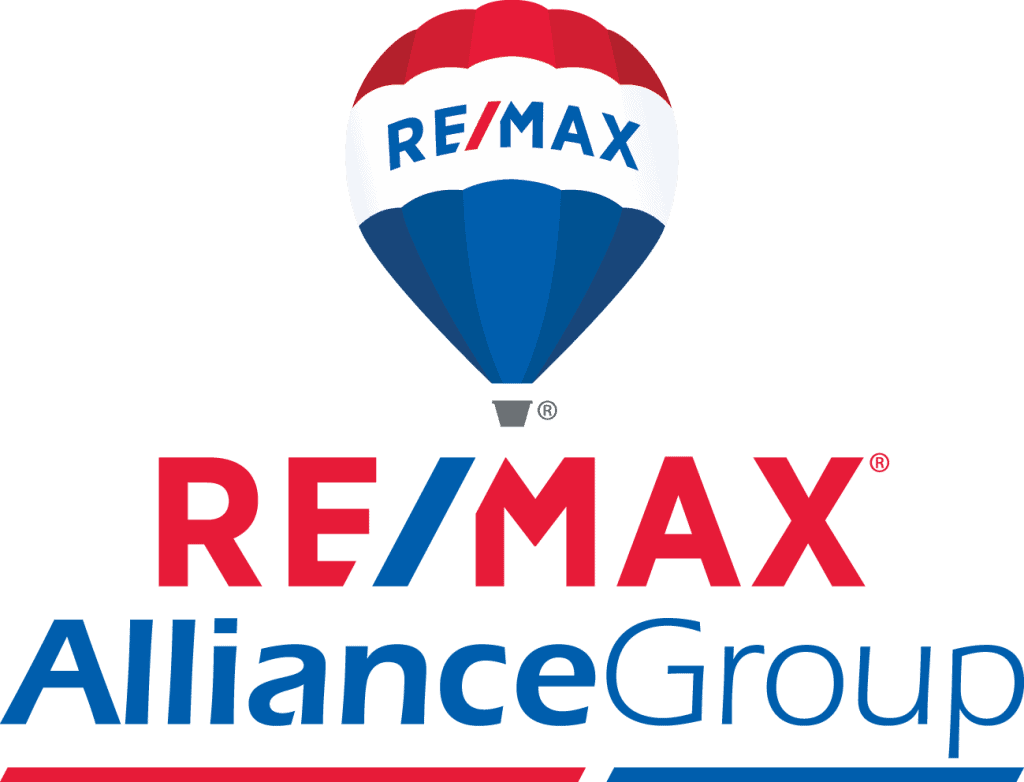TAMPA –Tampa Bay Business Journal – October 27, 2006 by Alexis Muellner, Editor
An expansive, 10-phase, mixed-use development is set to come together next year in the Westshore Business District.
Lindell Properties snapped up the former JP Morgan headquarters last year and has $28 million in the deal already. Over time, construction costs could reach $400 million on the site.
What was originally nine of 27 holes on the Rocky Point Golf Course became a one-tenant industrial park and now could morph into a new jewel for the city’s tax base to include many small businesses, a structured garage, residences, ponds and green space. There could even workplaces employees could walk to from home, said Lindell Properties CEO Ron Weisser.
The City Council was scheduled to vote on a land use change late on Oct. 26 that would turn a purely office and industrial use to “CMU-35” to allow hotel and residences. (Monitor the newspaper’s Web site, tampabay.bizjournals.com, for updates on the vote.) If approved, the change would need a second reading.
At deadline Wednesday, the developers were cautiously optimistic.
“After six months of knocking on doors and meeting with staff and hiring experts and talking to fellow developers and doing everything we could possibly do, we have broad support and no opposition,” said Carl Lindell, principal.
Not your father’s office park
The site has its original Development of Regional Impact, the standard development rights process that dictates concurrency thresholds for traffic and density, in place.
“Back then, all they had were these giant office parks, and you’ll notice around the country that these are now going mixed-use and cities are discovering that if people can live where they work, there’s an advantage,” Weisser said.
The 44-acre site bounded is on the north by Memorial Highway and on the west by Independence Parkway.
“One of the most significant things for us and the city is that there’s $250 million road program where the Veterans (Expressway) meets I-275 and the airport and Highway 60 to Clearwater and we’re right there,” Weisser said.
The property’s existing structure is a 125,000-square-foot office building that housed a Johnson & Johnson unit originally. JPMorgan Chase bought the building and occupied it until just a few weeks ago, Weisser said.
In January 2005, the company announced plans to lay off 1,900 people in Tampa Bay.
Lindell Properties plans to renovate and retrofit the single tenant building for multi-tenants and add structured parking on the current surface lot.
The property is 25 percent ponds and 25 percent green spaces, and the plan is to reconfigure the ponds and wrap the buildings around them, Weisser said.
Lending partner
Wachovia Bank (NYSE: WAC) helped finance the sale of the property and will continue to lend on the project.
The bank has a comfort level with the project based on the developer’s track record of landing prime sites, developing successful projects and land entitlement, said Ted Starkey, the bank’s Florida real estate manager.
“When this opportunity on the site came up, we helped them take down the site and are a big fan of the location,” Starkey said. “It’s hard to find an infill location of this size with the potential density you can put there and create a unique live-work environment.”
The Evans Group in Orlando, which has experience in infill urban projects, is the architect. Grady Pridgen Inc., a St. Petersburg-based developer, is a minority partner.
Despite 10 phases, the whole site including sewer lines, ponds and drainage will develop at once. There could be six to 10 buildings, all master planned, added over time.
The current DRI has certain maximums: 1,100 residential units; 650,000 square feet of office; 250 hotel units and 100,000 square feet of retail.
“We’ll probably have 1,000 dwellings and 30,000 feet of retail, and that’ll all blended together and won’t hit the maximums,” Weisser said. “These are all trade-offs. We never will exceed the traffic to the site if it was only office.”
Intuitive vision
Strangely, the location has been one of the most overlooked, said Ron Rotella, executive director of the Westshore Alliance.
“They were very intuitive to look at that property,” Rotella said. “If you look at the Westshore Business District, it’s no longer a commercial office market, it’s a regional activity center and has mixed use spaces, dining and restaurants to fit any budget — and adding residential cuts down those commute trips on the highways,” he said.






